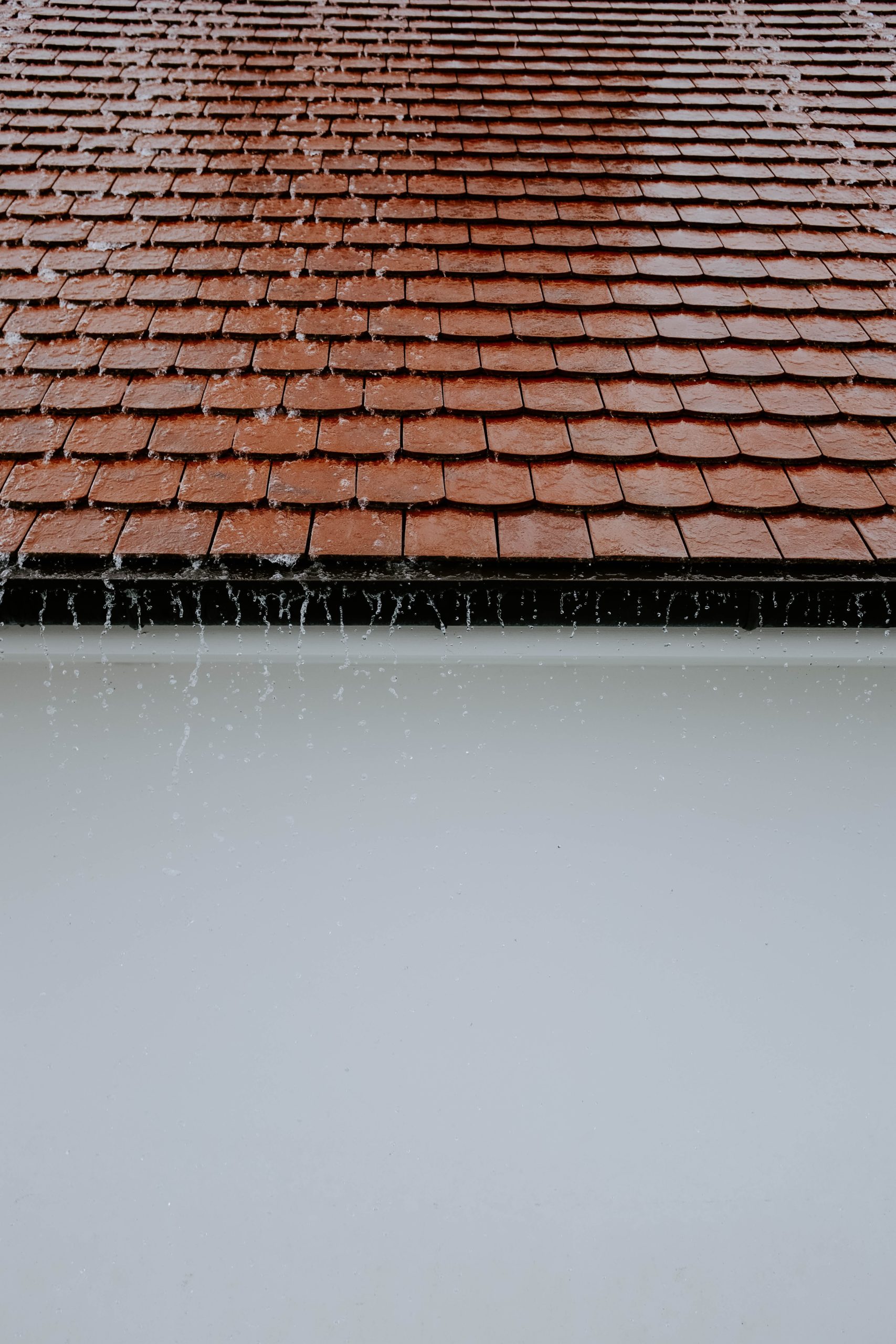Is water entering your home or building during a rain storm? The typical reaction for a home or building owner experiencing leaks is to point to the roof. Though leaks are commonly the cause of a roof nearing the end of its life or worn out components, there are other potential issues that should be taken into consideration before investing in a new roof. Here are a few common culprits potentially allowing water to enter your home or building though it still has a fully functional roof system.
Siding
Wind driven rain can get behind various types of siding and metal wall panels. If the walls behind your exterior material lack a properly installed water barrier, your siding could be allowing water to enter your building. Roof to wall transitions, as well as any area where trim or flashings are installed, should be taken into consideration. Your exterior walls should be examined anytime you experience leaks near your walls.
Poor Ventilation/Insulation
During the colder seasons of the year, warm, moist air can travel through the ceiling of a home and enter into an attic space causing frost to accumulate on the underside of a roof deck. As temperatures warm back up, the frost melts and gives the appearance of a leaking roof. A properly ventilated roof and insulated ceiling can help prevent this.
Ice Dam
Another potential leak problem is ice damming. Excessive heat escaping into an attic can cause snow on the roof to melt. As the snow melts and runs toward the eaves and gutters, it refreezes. If enough of this refreeze accumulates, it can back up under the shingles and into the attic.
Vents & Pipes
HVAC components protruding through a roof are common areas of leaks. Vents and pipes should be examined for damage, excessive wear or deteriorating sealant around collars.
Mechanical Equipment
Mechanical equipment is often found on low slope roofs. Though leaks are commonly found in the roof flashings designed to seal this equipment, leaks are commonly found as a result of the equipment itself. Examples of this include clogged condensation lines, damaged HVAC equipment, careless maintenance practices from mechanical workers, etc. Repeated leaks near rooftop equipment need to be carefully examined anytime leaks occur in the vicinity.



